
Join 10k+ people to get notified about new posts, news and tips.
Do not worry we don't spam!
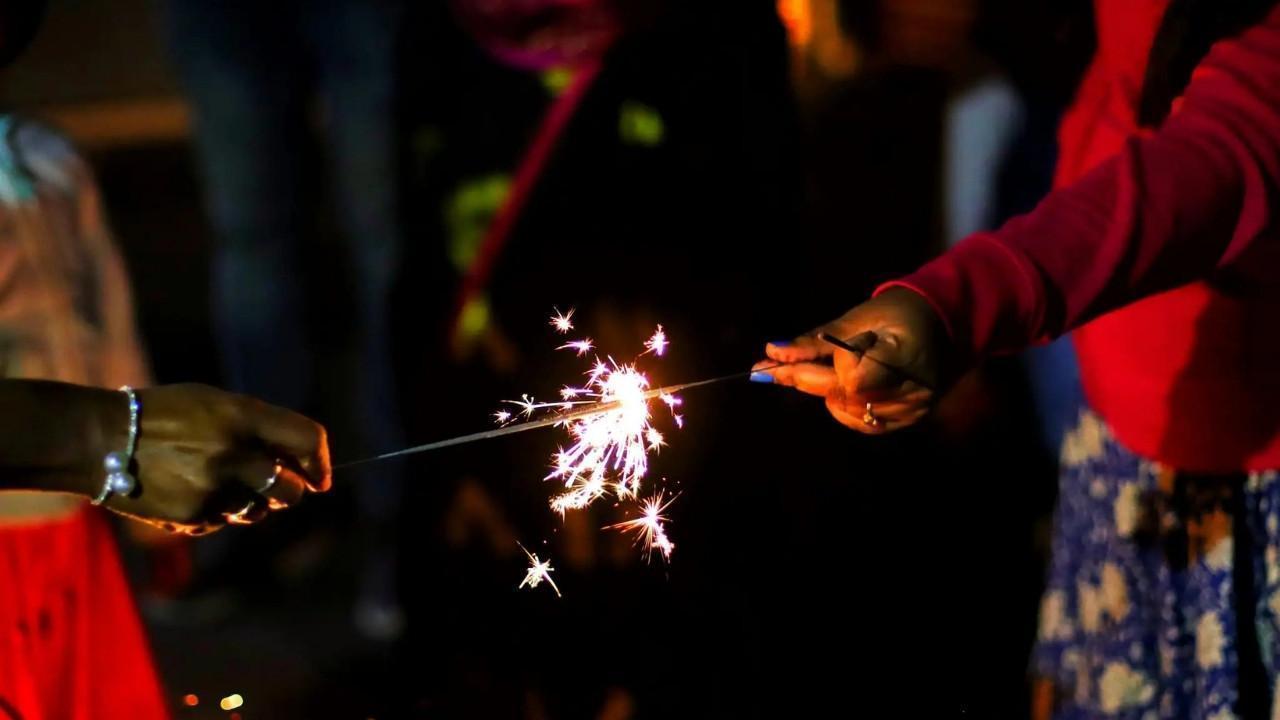
Post by : Anis Farhan
For centuries, Diwali has been synonymous with sound — the crackle of fireworks, the bang of crackers, and the collective cheer of celebration echoing through neighborhoods. Yet in 2025, the soundscape of Diwali is transforming. A silent revolution is underway, driven by growing awareness of environmental damage, air pollution, and the need for mindful celebration.
In many cities across India — from Delhi and Mumbai to Chennai and Jaipur — residents are consciously opting for “Quiet Diwali” celebrations. Instead of lighting noisy crackers, they are decorating homes with diyas, creating vibrant rangolis, hosting community pujas, and organizing eco-friendly light shows.
This shift represents more than just an environmental effort; it marks a cultural rethinking of how we define joy and festivity. Diwali, once dominated by sound and spectacle, is returning to its spiritual roots — celebrating light over darkness, knowledge over ignorance, and harmony over chaos.
Over the last decade, environmentalists and policymakers have consistently highlighted the environmental hazards associated with firecracker use. The toxic chemicals in fireworks release large quantities of carbon dioxide, sulfur dioxide, and fine particulate matter into the atmosphere.
After Diwali, cities like Delhi often experience a dramatic rise in the Air Quality Index (AQI), plunging from moderate to hazardous levels overnight. In 2024, studies revealed that the AQI in Delhi spiked from 230 to over 470 within 24 hours of the festival. Similar trends were observed in Kolkata, Lucknow, and Ahmedabad.
This recurring pattern prompted civic groups, residents’ associations, and schools to promote the idea of a quieter Diwali — one that reduces smoke, noise, and waste without diminishing the celebratory spirit. Many families are now setting aside fireworks in favor of environmentally responsible practices such as using solar lights, organic candles, and locally made clay diyas.
Beyond environmental issues, health risks associated with traditional Diwali celebrations have been a major catalyst for change. Noise levels during peak celebration hours often exceed 100 decibels — a level harmful to both humans and animals.
For children, the elderly, and individuals with respiratory or cardiac conditions, exposure to smoke and loud sounds can trigger asthma attacks, anxiety, and high blood pressure. Hospitals often report a surge in emergency cases following Diwali nights, ranging from breathing difficulties to burn injuries caused by mishandled fireworks.
Animal welfare groups have also raised concerns about the psychological stress and trauma experienced by pets and stray animals during the festival. The loud noises disorient birds and street dogs, causing them to flee, injure themselves, or even go missing.
These combined effects have strengthened the argument for celebrating Diwali in ways that honor life — human, animal, and environmental alike.
Across India, several cities have become flagbearers of the “Quiet Diwali” movement. Residential complexes, educational institutions, and cultural organizations are leading awareness campaigns, organizing eco-friendly events, and encouraging creative alternatives to fireworks.
In Bengaluru, gated communities have introduced “Light and Music Shows” using synchronized LED displays and soft background music instead of loud crackers. In Mumbai’s suburbs, residents’ associations have distributed seed diyas — handmade earthen lamps embedded with plant seeds that can be reused to grow saplings post-festival.
Meanwhile, in Jaipur and Pune, schools have initiated “Silent Diwali Competitions,” where children participate in rangoli art, diya painting, and storytelling contests that promote environmental awareness. These initiatives are not only reducing pollution but also teaching younger generations the importance of sustainable living.
Internationally, Indian diaspora communities in Singapore, Dubai, and London are also adopting noise-free Diwali celebrations. They blend tradition with mindfulness, focusing on cultural performances, vegetarian feasts, and candle-lit gatherings that reflect the festival’s spiritual depth rather than its commercial excess.
The move toward quieter celebrations has been reinforced by government regulations and judicial intervention. Several Indian states have imposed restrictions on firecracker sales and usage, particularly in regions with poor air quality.
In 2024, the Supreme Court reaffirmed its stance on banning conventional firecrackers and permitting only “green crackers” — a type that emits 30% less particulate matter and minimal noise. These green variants, developed by the Council of Scientific and Industrial Research (CSIR), are gaining popularity among eco-conscious citizens.
Additionally, municipal corporations have launched awareness campaigns highlighting the dangers of noise and air pollution. In Delhi, for example, authorities conduct air quality monitoring before and after Diwali, while in Chennai, the local police enforce time limits for bursting crackers to ensure compliance with noise pollution laws.
Such measures, though controversial to some, are increasingly being accepted as necessary to safeguard public health and environmental balance.
For many, the transition to a quieter Diwali is also deeply emotional. The absence of firecracker sounds initially feels unusual — almost incomplete — but communities are discovering a different kind of fulfillment.
In silence, there is space for reflection — on gratitude, family, and the values that Diwali embodies. The soft glow of diyas, the fragrance of marigold, and the laughter of loved ones form a tapestry of peace that feels truer to the festival’s origins.
Families who have adopted silent celebrations report feeling more connected to one another and less distracted by external chaos. The festival becomes a moment of mindfulness — a pause in the year to celebrate abundance without excess.
India’s younger generation has been instrumental in redefining the Diwali narrative. Schools across the country now integrate environmental education into their festive activities. Posters, debates, and social media challenges encourage students to promote noise-free celebrations.
Youth-led campaigns such as “#SilentDiwali” and “#LightNotNoise” have trended online, amplifying the message of responsible celebration. Influencers and celebrities, too, have joined the cause, using their platforms to advocate for cleaner air and safer festivities.
In many urban schools, children exchange “Diwali Promise Cards,” pledging to avoid crackers, conserve energy, and spread awareness. These small but powerful gestures are nurturing a generation that values sustainability over spectacle.
Retailers and brands have not been left behind in this cultural shift. Diwali marketing campaigns are now highlighting eco-friendly products and community-driven messages. Companies that once profited from firework sales are diversifying into LED decor, handmade diyas, organic sweets, and biodegradable gift wraps.
Corporate offices are organizing “green Diwali” events, encouraging employees to celebrate responsibly and donate to environmental causes. E-commerce platforms have even launched “Silent Celebration” collections — featuring soundless sparklers, sustainable lighting, and handmade gifting options.
This commercial adaptation reflects an understanding that sustainability sells — and that cultural relevance now depends on being socially responsible.
While traditionalists argue that fireworks are an integral part of Diwali, proponents of quiet celebrations counter that culture evolves with consciousness. Diwali’s essence lies not in the volume of noise but in the illumination of spirit.
Communities are discovering creative ways to maintain traditions without causing harm. For instance, some organize symbolic “light bursts” — synchronized lighting of diyas or drones creating light patterns in the sky — offering the same visual grandeur without pollution.
Temples and spiritual centers have also adapted. Instead of firecrackers, they use traditional instruments like conch shells, bells, and cymbals to signify festivity in harmony with nature.
This fusion of tradition and modernity demonstrates that cultural heritage can be preserved while embracing new values of sustainability and empathy.
As awareness grows, it is likely that the concept of a “Silent Diwali” will become mainstream in the coming years. The younger population’s environmental consciousness, combined with urban pollution challenges, will continue to shape how India celebrates its biggest festival.
Cities may see more community-driven events focused on light shows, charity drives, and neighborhood gatherings. The emphasis will shift from individual extravagance to collective experience — one that values well-being, inclusion, and ecological balance.
Ultimately, this evolution redefines Diwali’s identity for the modern world. It’s not a rejection of joy but a rediscovery of meaning — proving that silence, too, can be festive.
This article is for informational and cultural discussion purposes only. It aims to highlight changing social and environmental trends around Diwali celebrations. Readers are encouraged to follow local laws and guidelines regarding festival activities.
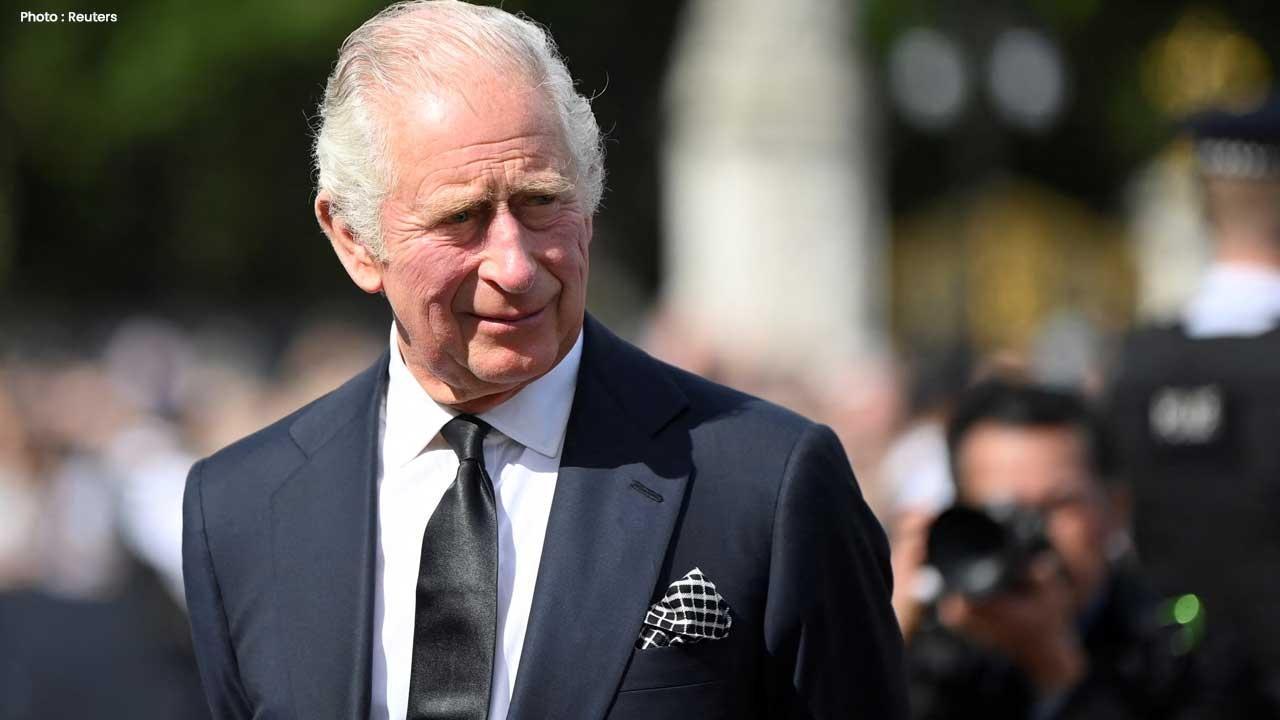
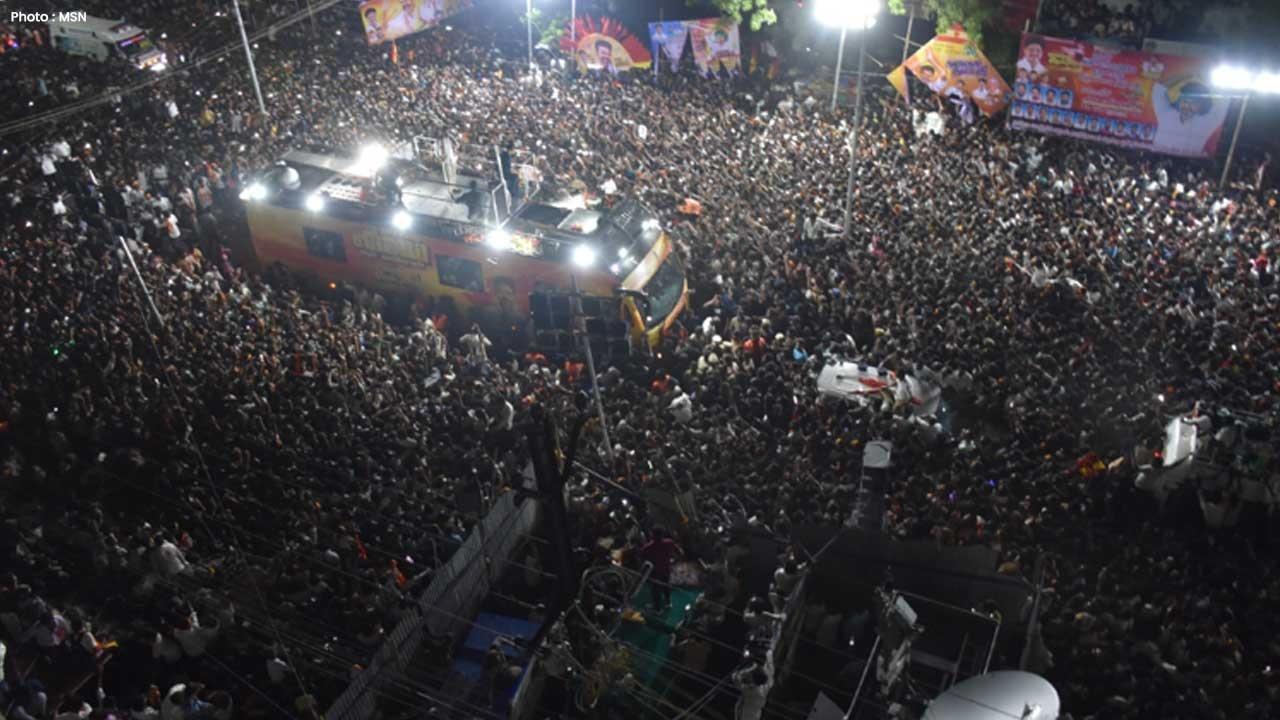
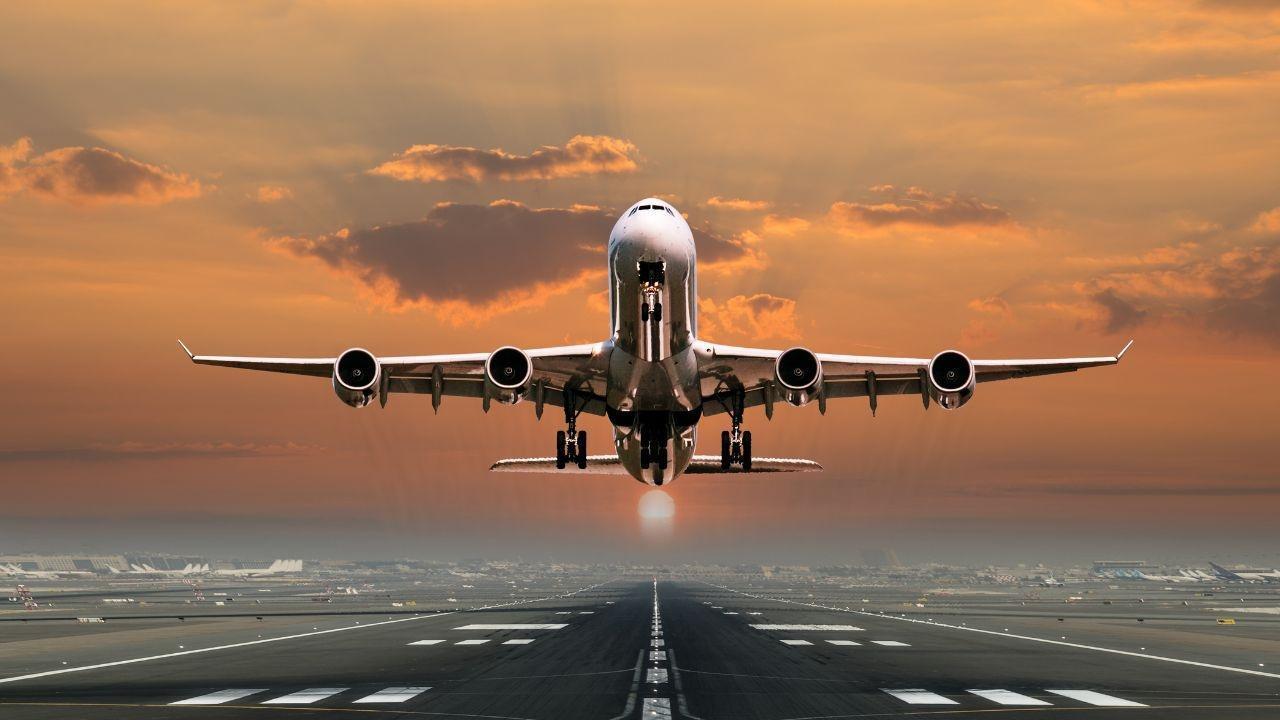
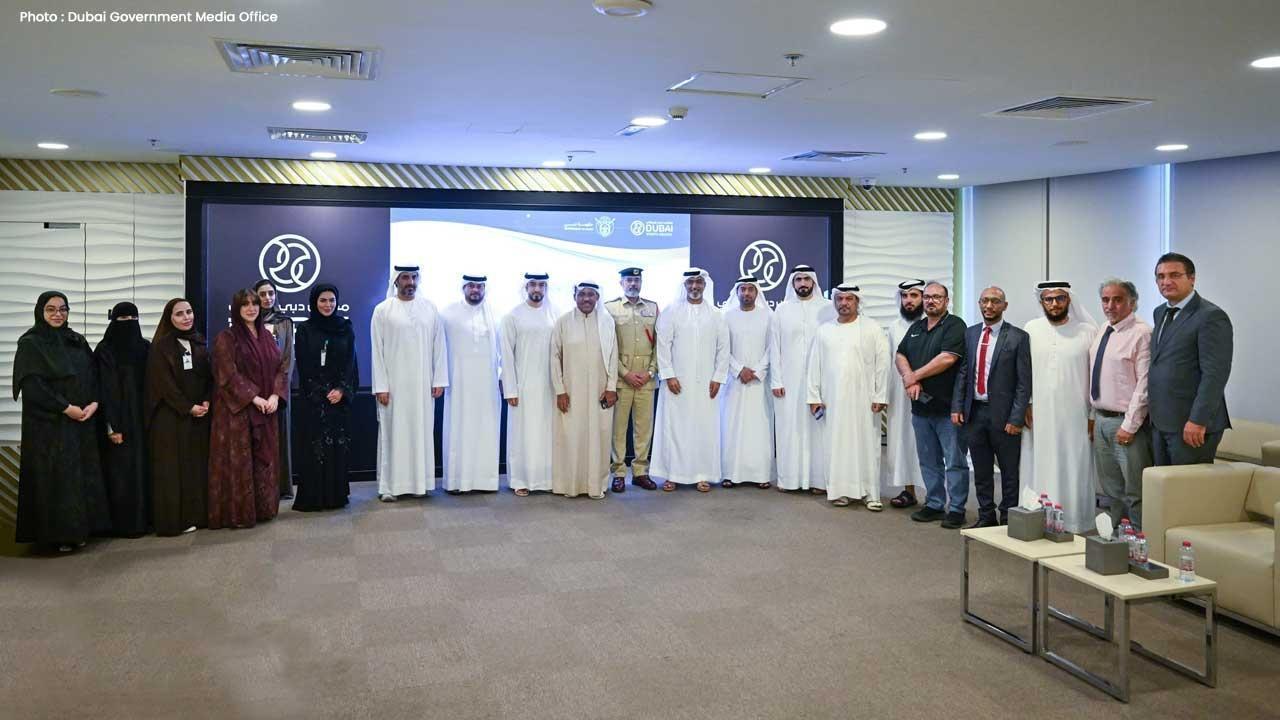

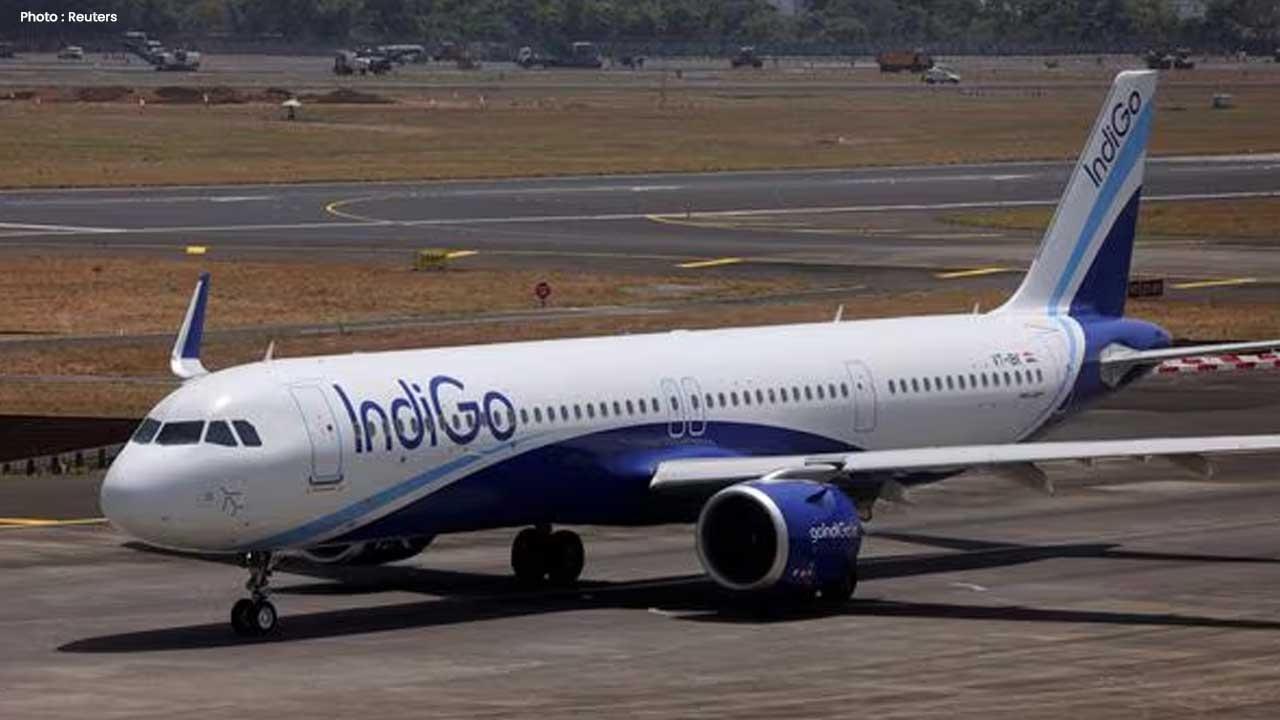

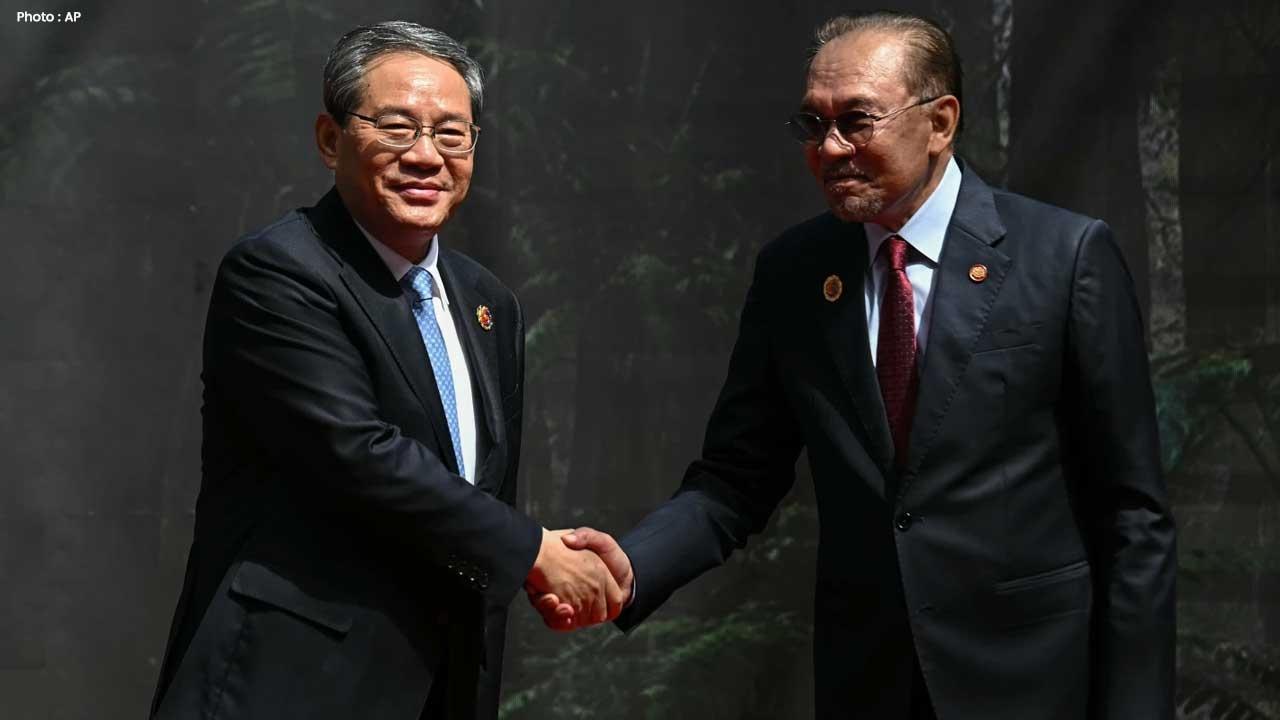
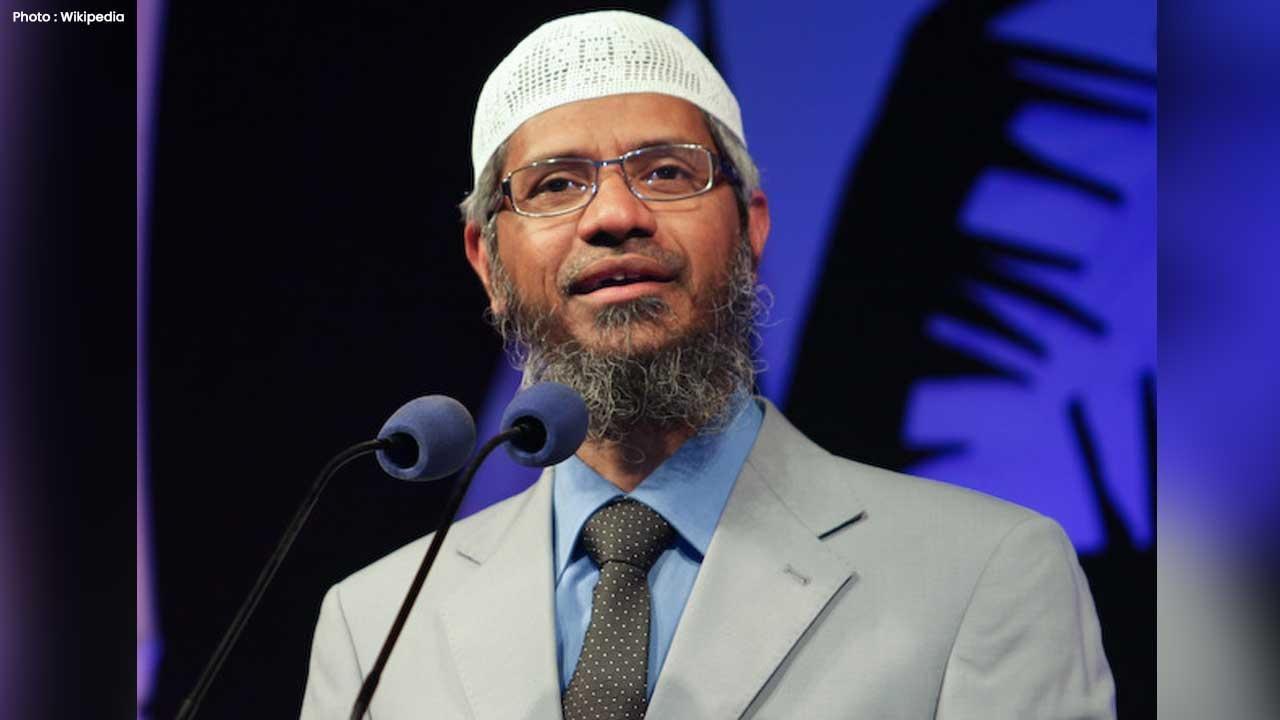
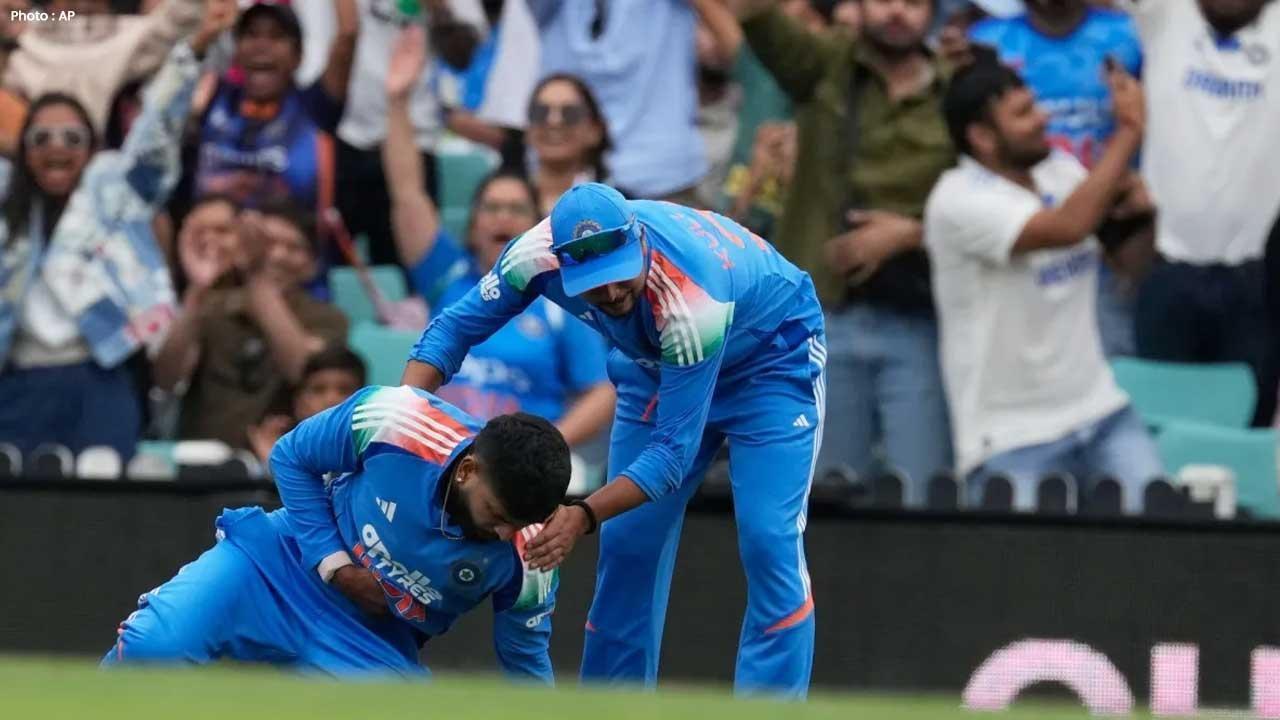
Shreyas Iyer in Sydney ICU after Rib Trauma Sustained Taking Catch
India vice-captain Shreyas Iyer is under ICU care in Sydney following internal bleeding from a rib i

NBA Recap: Miami Dominates, Lakers Shine, and Bucks Secure Victory
Friday's NBA highlights: Miami, Lakers, Bucks, and Clippers take wins, showcasing standout performan

Luka Doncic Shines with 49 Points in Lakers' 128-110 Victory Over Timberwolves
Luka Doncic impresses with 49 points, while Lakers secure a 128-110 win against Timberwolves, showca

Kings Rally Past Jazz 105-104 with Clutch Sabonis Finish
In a nail-biter, Domantas Sabonis' late shot lifts the Kings over the Jazz 105-104 in their home deb

Friendly Match Between Argentina and India Delayed, New Date Awaited
The friendly match between Argentina and India has been postponed following FIFA's approval delays;

Rohit and Kohli Conclude ODI Careers in Australia with Victory
Rohit Sharma and Virat Kohli wrap up their ODI careers in Australia, scoring an unbeaten 168-run par